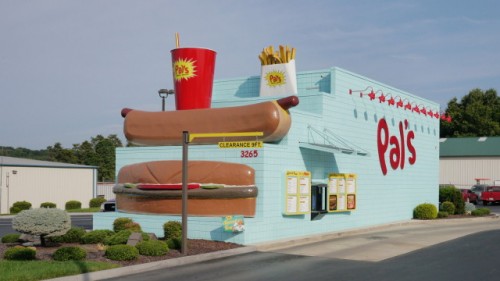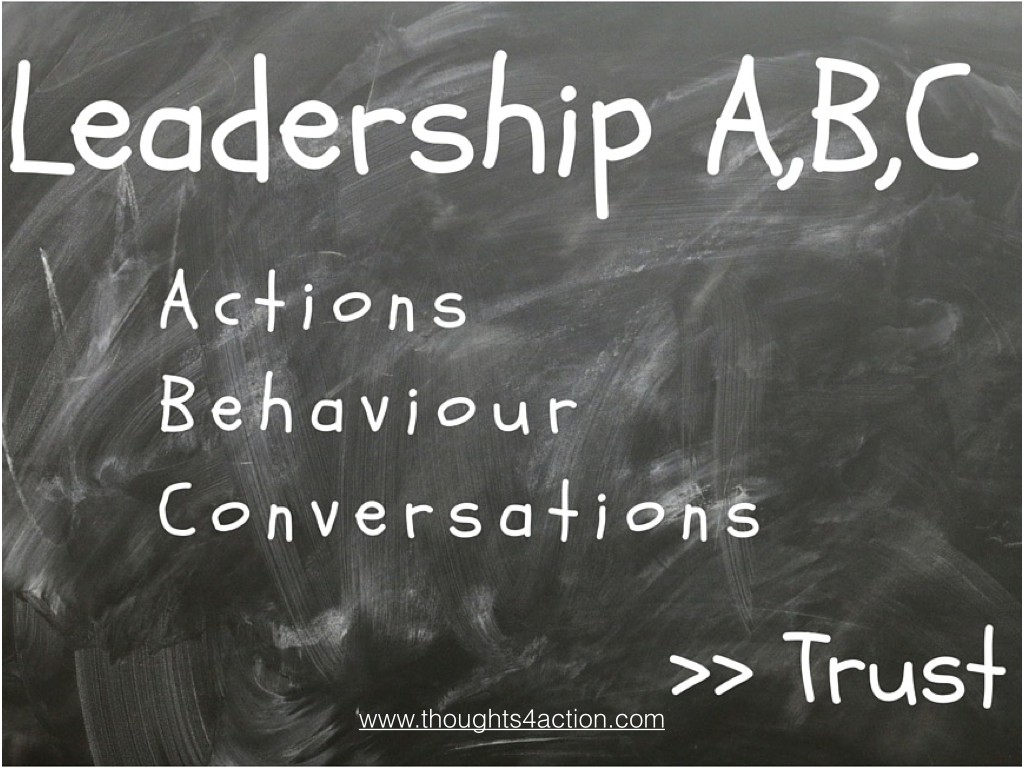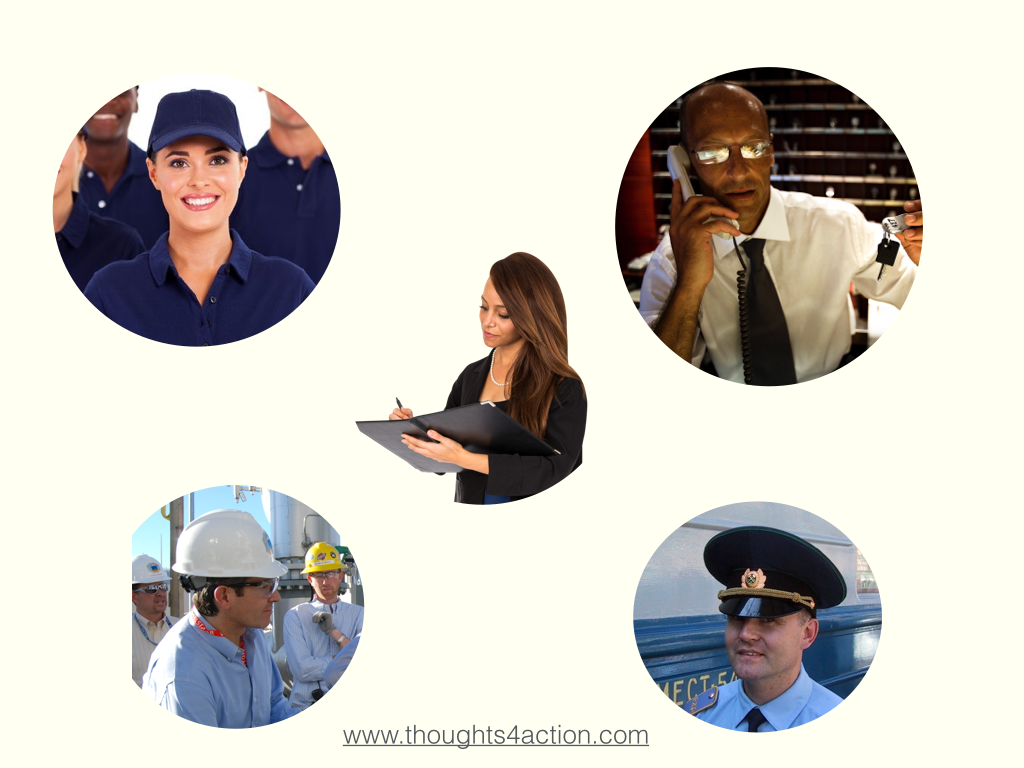 ‘People go out of calibration just like machines go out of calibration’, CEO Crosby explains. ‘So we are always training, always teaching, always coaching. If you want people to succeed, you have to be willing to teach them’.
‘People go out of calibration just like machines go out of calibration’, CEO Crosby explains. ‘So we are always training, always teaching, always coaching. If you want people to succeed, you have to be willing to teach them’.
HBR just ran a lovely portrait of Pal’s Sudden Service, a 26-unit fast food chain based in Kingsport, Tennessee.
The chain apparently outperforms all the big national fast food chains on all the key parameters, including customer satisfaction, quality, speed, service, value…and employee satisfaction.
Pal’s Sudden Service is a showcase example of the service profit chain implemented as a strategic foundation for success.
Education, training and coaching are at the core of the culture. Managers are expected to teach others every day
New employees get 120 hours of training before they are allowed to work on their own, and they must be certified in the specific jobs they perform.
When you take a closer look, you can see the nine core elements of creating a Dream Team.
Check out my overview of The service Profit Chain and how to creat a dream team






